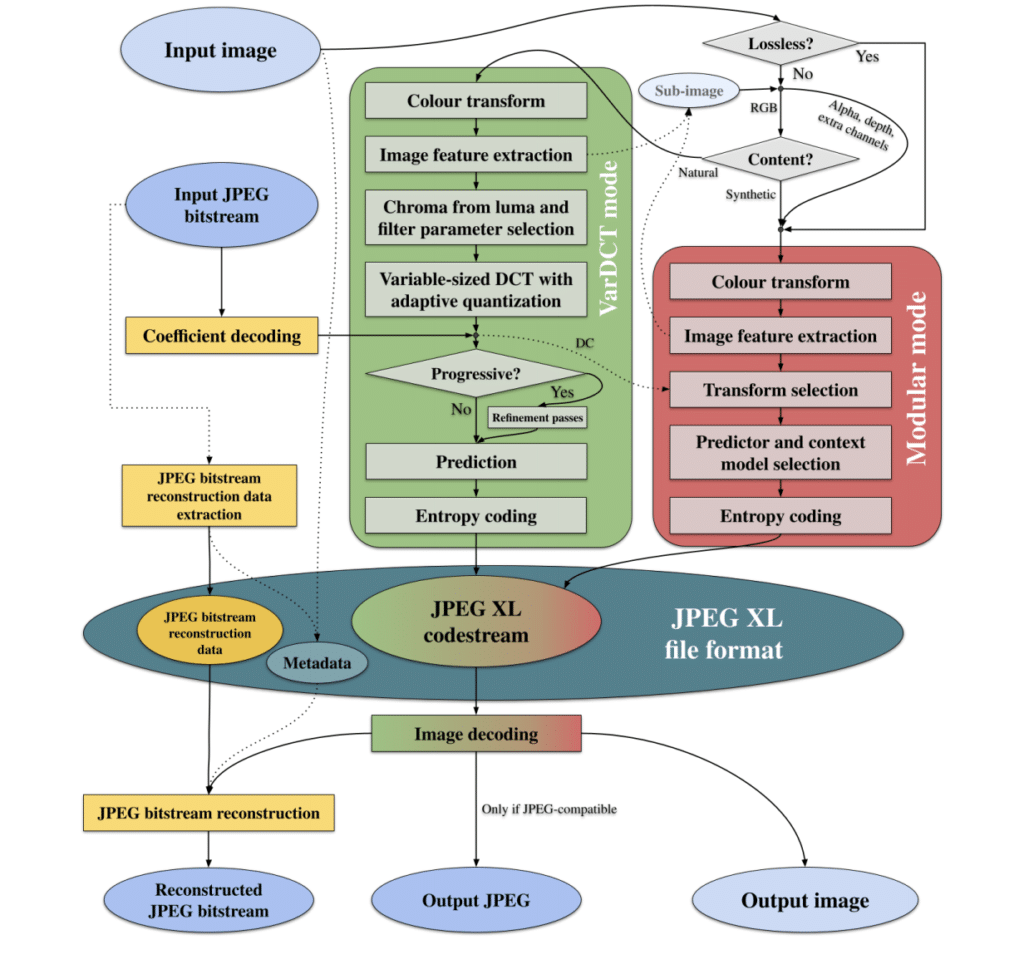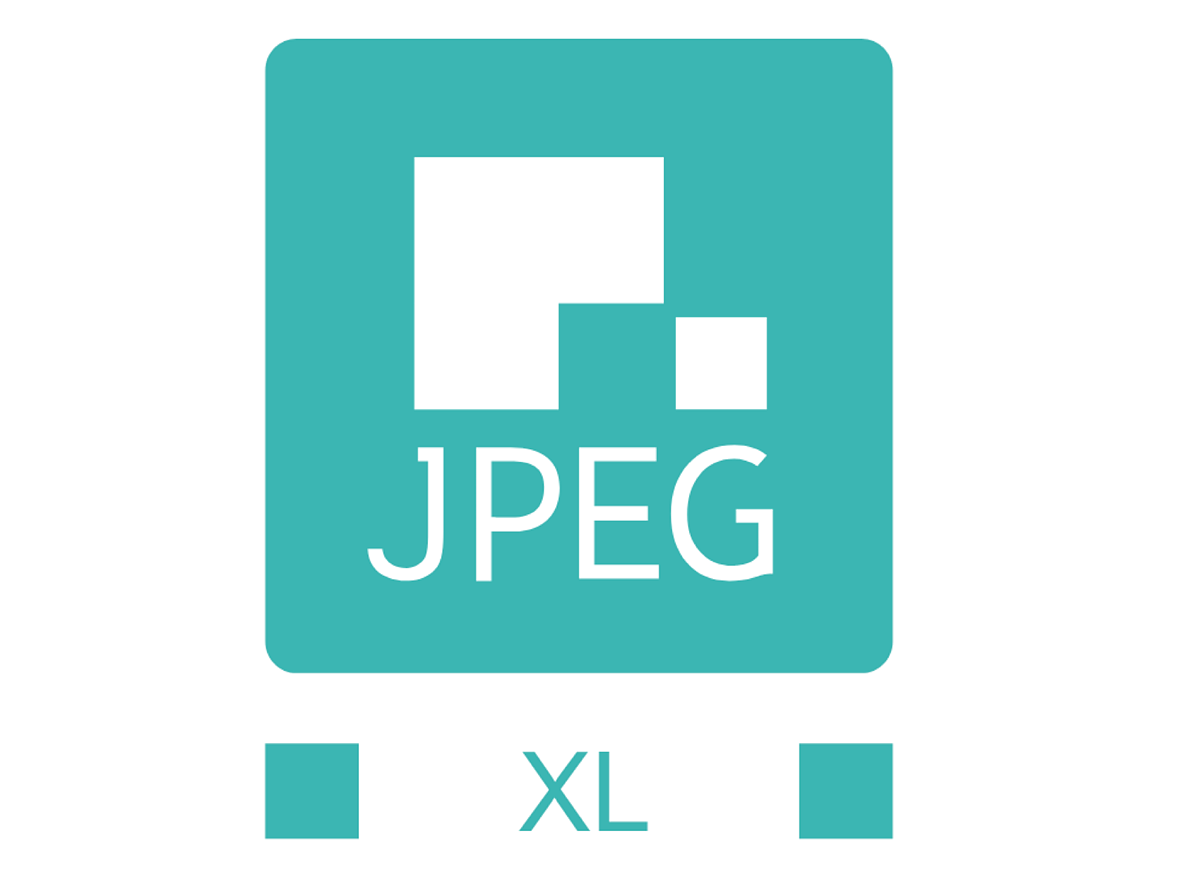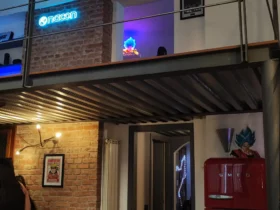The JPG format is universally used for images and has undergone several attempts at evolution over the years which, given the results, have not gone far. A group of Swiss researchers is proposing a new evolutionary project, with the name JPEG XL.
The idea of the new format is to reduce the file size even more without further loss compared to a traditional JPG. The success of the format may depend in particular on the ancillary features. Reading the White Paper and extrapolating from the technicalities they can be seen interesting potential:
- one color space wider
- HDR
- color depth superiori a 8 Bit
- information of Press
- panoramas high resolution
- images a 360°
- gusts of images
- optimized for sites responsive
- animations
- channels alfa
- levels
- icons
- code for example, e-commerce, social media, graphical interfaces, cloud storage
JPEG XL is a format that provides backward compatibility and novelties in terms of extended functionality.
The developers claim they can raise the level of compression from 20: 1 current to 50: 1 without the need for special hardware; this means that it is also a format suitable for mobile devices. Once uploaded to a server, the format is capable of facilitating backward compatibility with applications that can only read the JPEG format.
The new format looks a lot like a “container” file like the PDF that hosts text, formatting, fonts, images, graphics and even 3D files inside. The potential of the JPEG XL format takes up some prerogatives of the TIFF and PSD files and also of the Apple raw format where the various bracketing sequences that are used to produce the final image are stored.

The distinction between the panoramic image and the 360 ° is also very curious: it almost seems that there is an internal player to see the 360 ° images or it will be a function that can be implemented at will by a programmer. Under this point it seems that the format is almost a mini browser, a widget or a mini App.
The project is being defined, which should be concluded by the end of 2021. Once official, the market together with realities such as social networks and software houses will then support the format. To learn more, you can read the full White Paper.
















Leave a Reply
View Comments